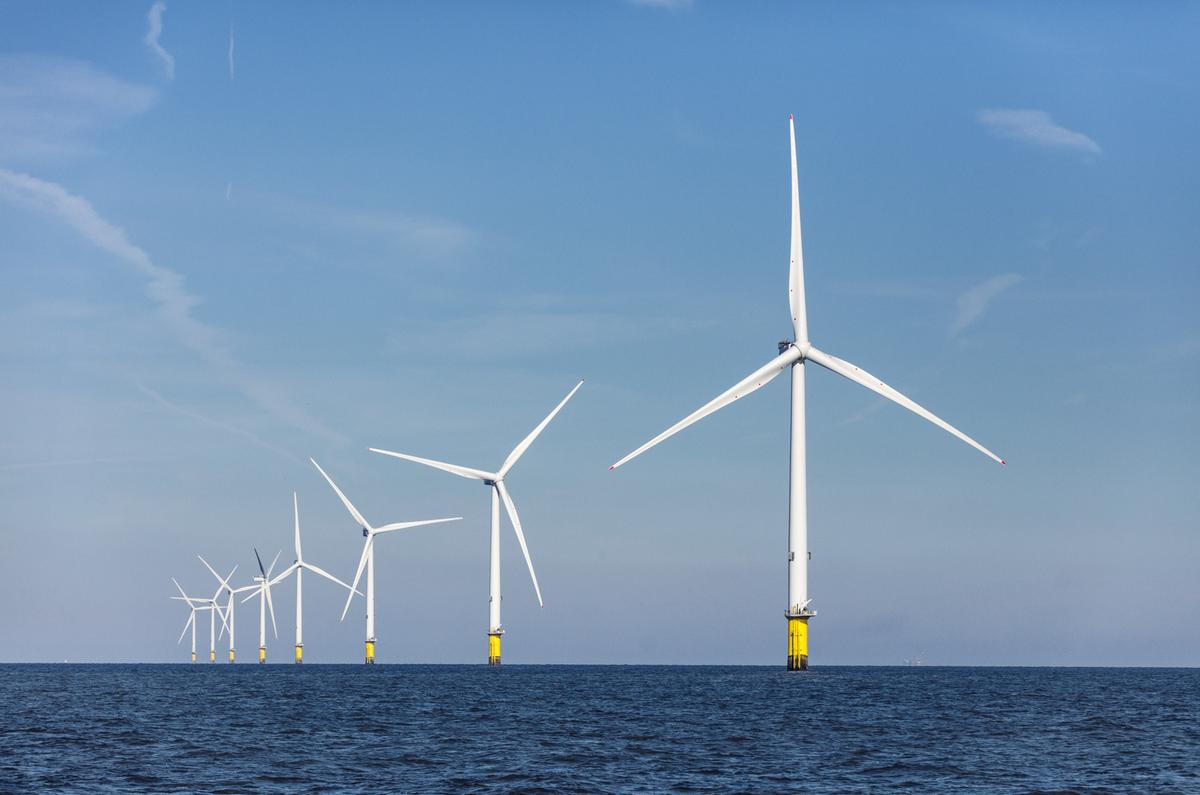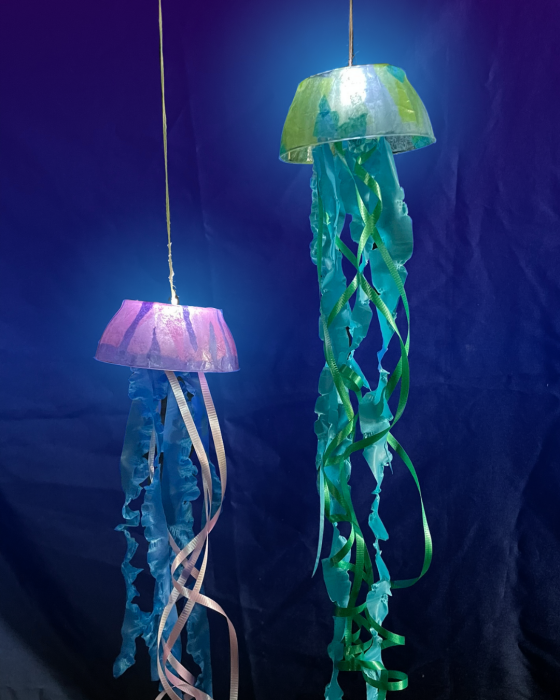Last week marked the completion of the South Fork offshore wind project off of Long Island, which is New York’s first offshore wind project and the third offshore wind project in the U.S. Also recently announced were state-awarded contracts for two offshore wind projects – Empire Wind 1 and Sunrise Wind. Both of these milestones provide a much needed jolt of momentum to the burgeoning U.S. offshore industry, as well as New York’s efforts to achieve its ambitious clean energy targets, including the Climate Leadership and Community Protection Act’s requirement of 70 percent renewable electricity sources by 2030 and zero-emission electricity by 2040. The benefits that these new projects will bring to the state are immense. A successful offshore wind industry will result in the localization of clean energy manufacturing, reinvigorating New York’s ports and harbors, training and deploying skilled union workers, improving air quality in environmental justice communities, and protections for the ocean environment and wildlife.
The announcements follow a difficult year for the offshore wind industry and for the renewable energy sector as a whole. Planned projects throughout New York, including offshore wind, faced difficulties due to inflation and supply chain issues, which resulted in higher projected construction costs. In the fall of 2023, these challenges led to calls for uniform inflation adjustments for all renewable energy projects that had awards from the state. The State’s denial of these adjustments resulted in numerous project cancellations and a significant reduction in the number of projects expected to be operational in time to help achieve the goal of generating 70 percent of electricity from renewable sources by 2030. These challenges were not limited to New York: in 2023, offshore wind developers canceled 5.5 gigawatts of projects in New Jersey, Connecticut, and Massachusetts.
New York, like its neighboring states, has encountered some renewable energy setbacks, yet becoming a global climate and clean energy leader takes courage and tenacity. The good news? With sustained political will from state officials, smart and expedient implementation by the state’s key agencies, and a strong tailwind from the historic Inflation Reduction Act to incentivize renewables at the federal level, the Empire State is poised to get back on track if we act quickly and stay the course.
Building on the South Fork Wind project and recently awarded offshore wind contracts, Governor Hochul must continue to show the resolve and leadership needed to deliver on meeting the state’s ambitious climate goals. That will require doubling down on the deployment of on and offshore wind, distributed and utility scale solar, grid upgrades, long overdue transmission projects, building electrification, energy efficiency and other proven demand side solutions. Collectively, this approach will minimize the cost and maximize the public health and job creation benefits of meeting New York’s nation-leading Climate Leadership and Community Protection Act.
Meeting the goals outlined in the Climate Act is not only required by law, but it is crucial for safeguarding the health of everyday New Yorkers. Pollution continues to take a heavy toll on our state and disproportionately impacts low-income communities and communities of color. The World Health Organization reports that air pollution, both indoor and outdoor, accounts for nearly seven million deaths globally each year. New York City attributes 2,400 deaths per year to air pollution; and thousands more emergency room visits and hospitalizations for asthma, heart, and lung problems. Rapid deployment of offshore wind presents a clear and present opportunity to accelerate the retirement of the polluting oil and gas power plants that have been impacting disadvantaged communities for decades.
A successful buildout of offshore wind would be a game-changer for how New Yorkers power their homes and for the air they breathe. Take, for example, the completion of the South Fork Wind project in mid-March. With a capacity of 132 megawatts, South Fork Wind has the potential to supply electricity to approximately 70,000 Long Island homes, reducing carbon emissions by up to six million tons annually – the equivalent of removing 60,000 cars from the roads. Not only that, the South Fork project worked with NRDC and other partners on important protections for the endangered Right Whale during construction.
Achieving New York’s Climate Act requirements hinges on overcoming barriers to rapidly scaling the deployment of offshore wind and other renewables projects and ensuring that the State’s climate objectives are reflected in tangible construction projects. New York’s announcement of its fourth round of contract awards for offshore wind projects is a critical step forward, and should be followed by additional rounds later this year. It’s imperative that recent offshore wind accomplishments serve as a catalyst that rebuilds momentum towards the timely fulfillment of the Climate Act, and that subsequent offshore wind solicitations – as well as solicitations for land-based solar and wind projects – continue to be expedited to further accelerate progress. Setbacks aside, New York must continue to commit to offshore wind in 2024 because our collective health and the future of our climate depend on it.
Richard Schrader is NRDC’s (Natural Resources Defense Council) Director of New York Government Affairs and Kit Kennedy is NRDC’s Managing Director, Power Division, Climate & Energy. NRDC is located in New York, NY.
































